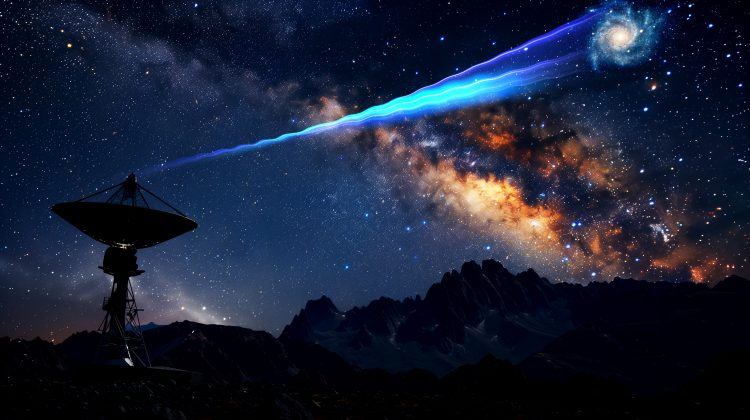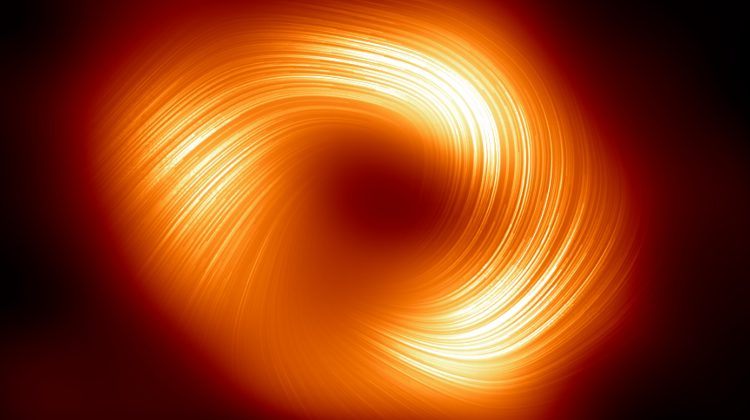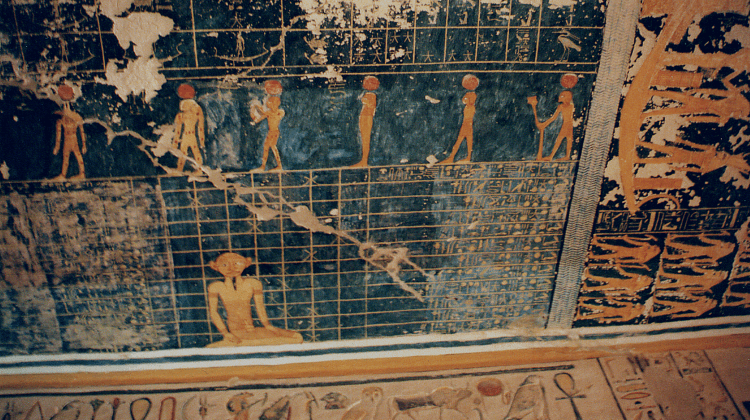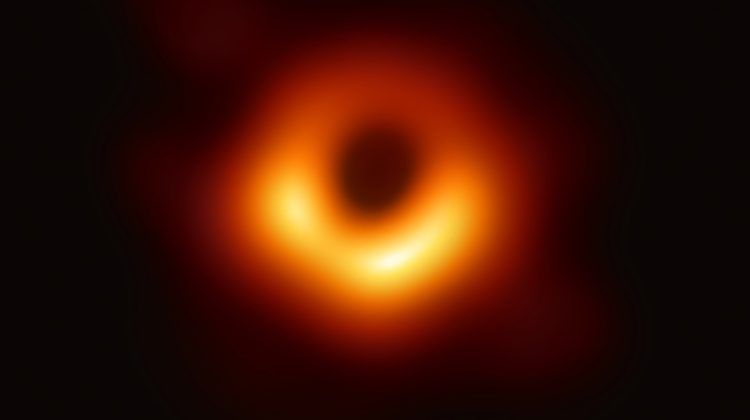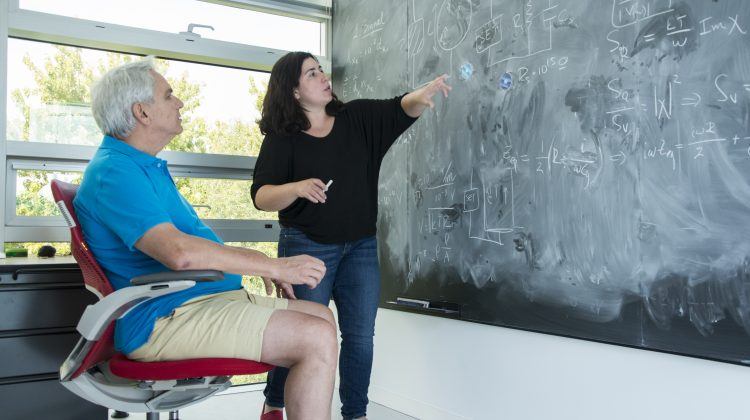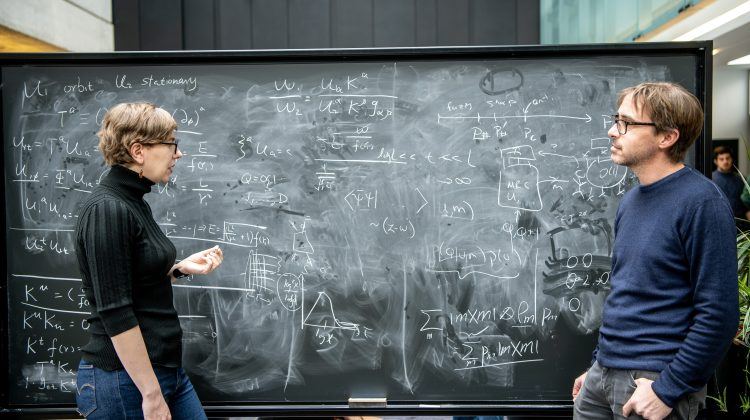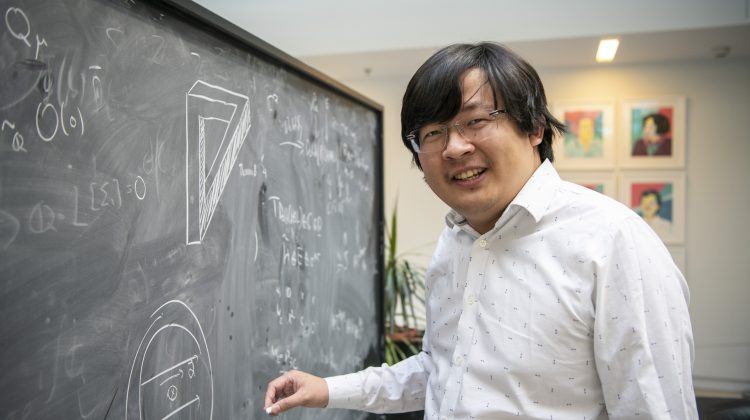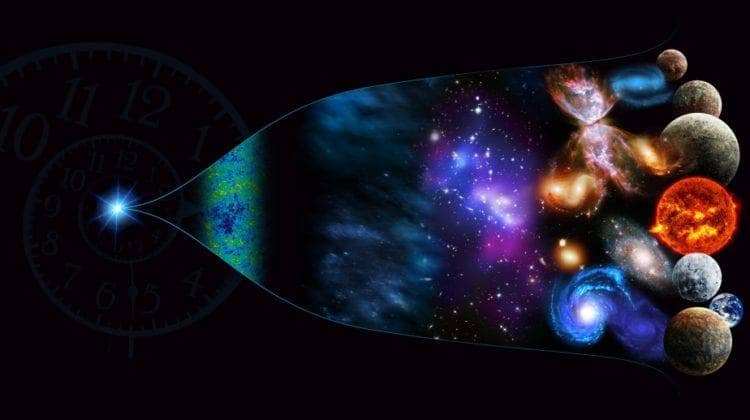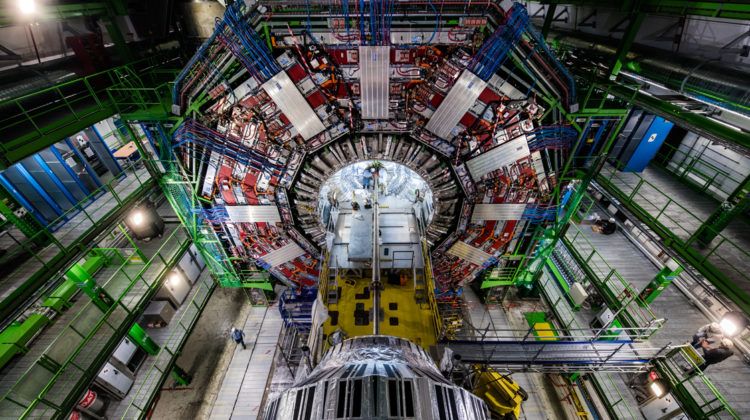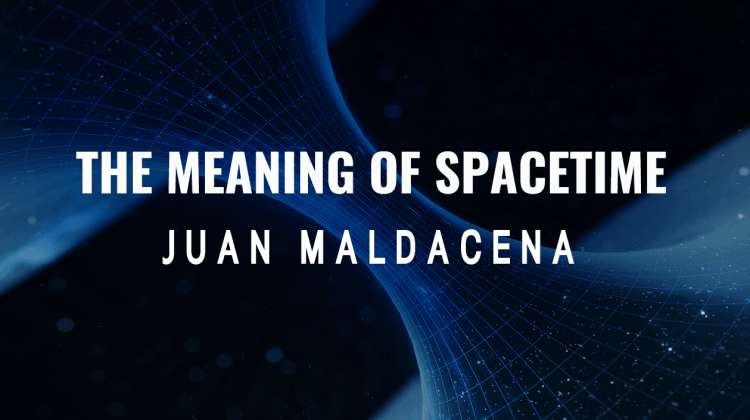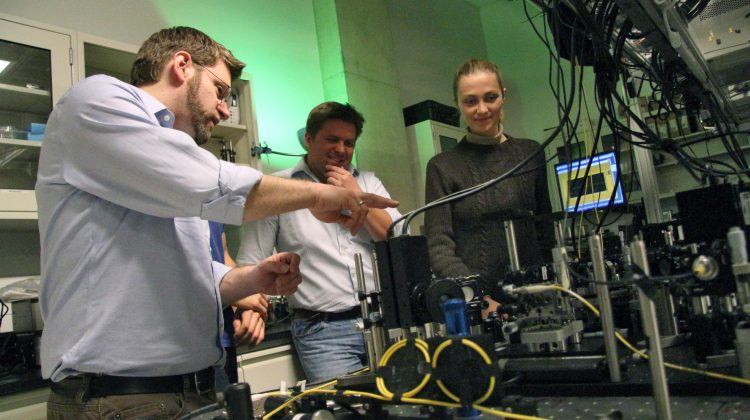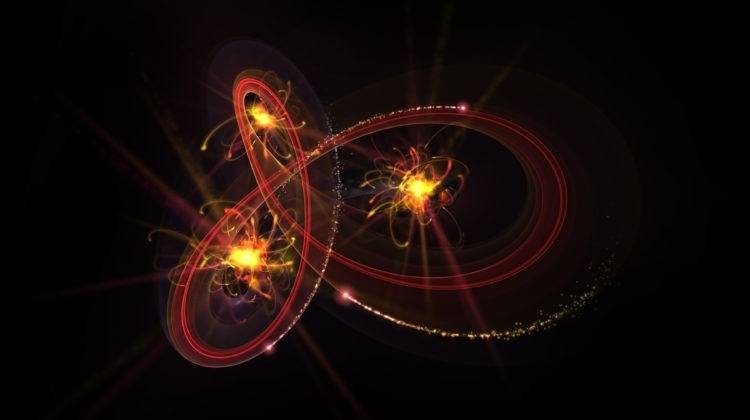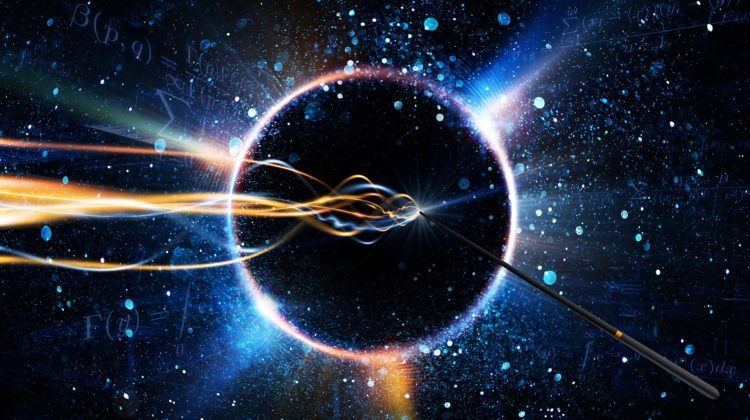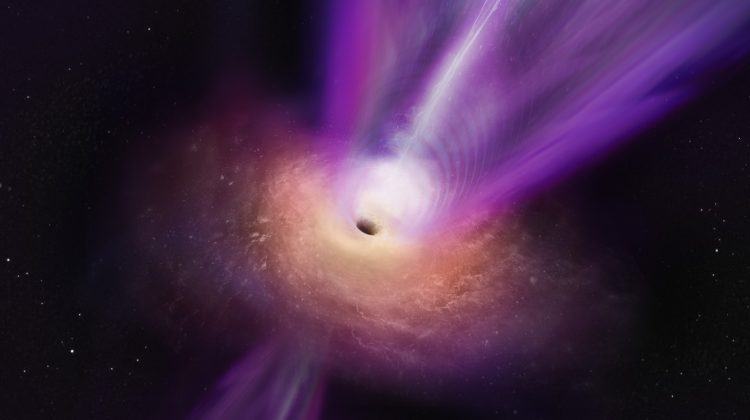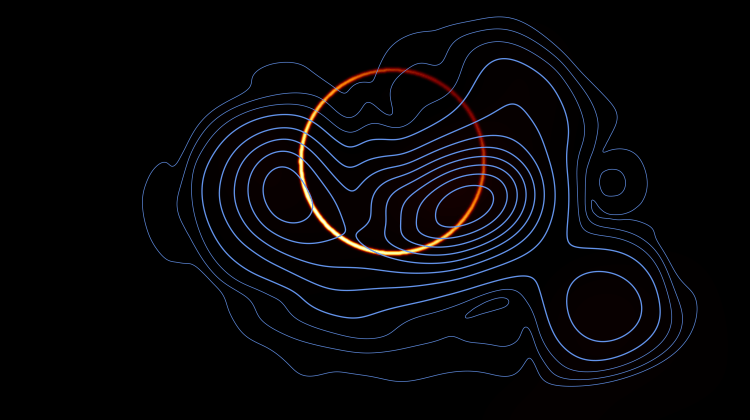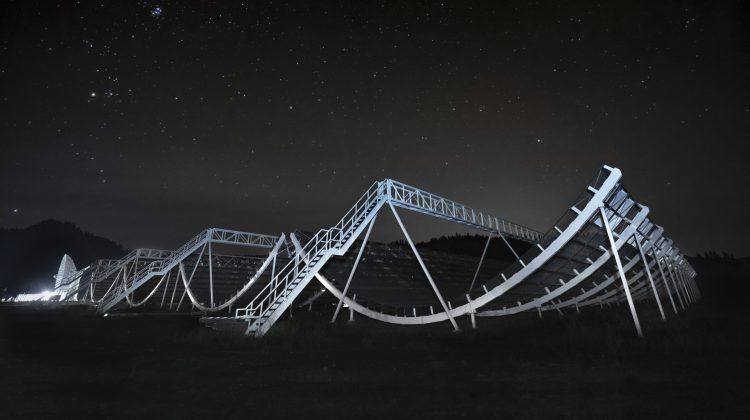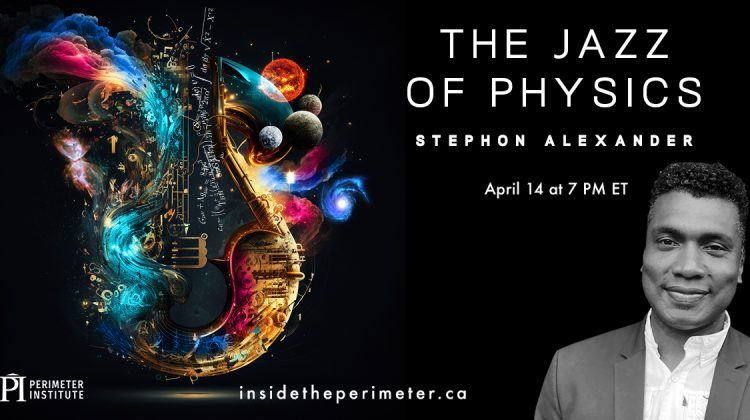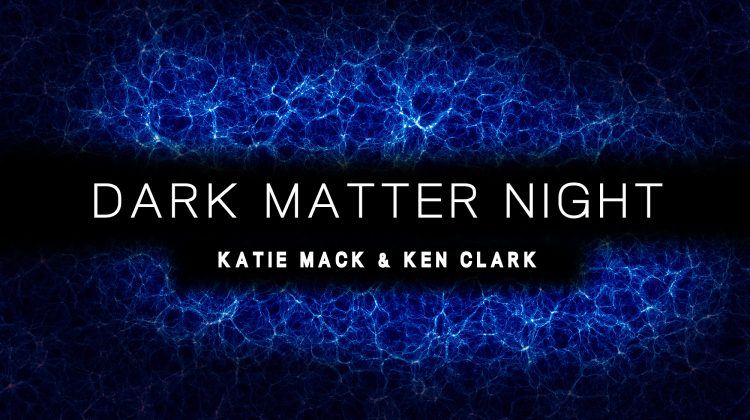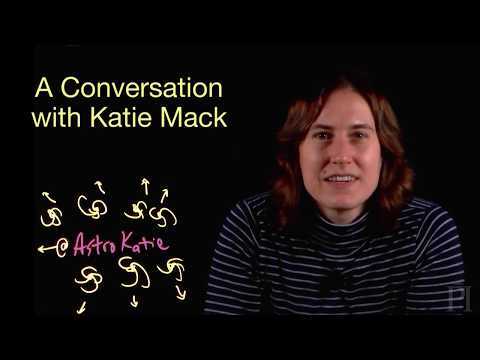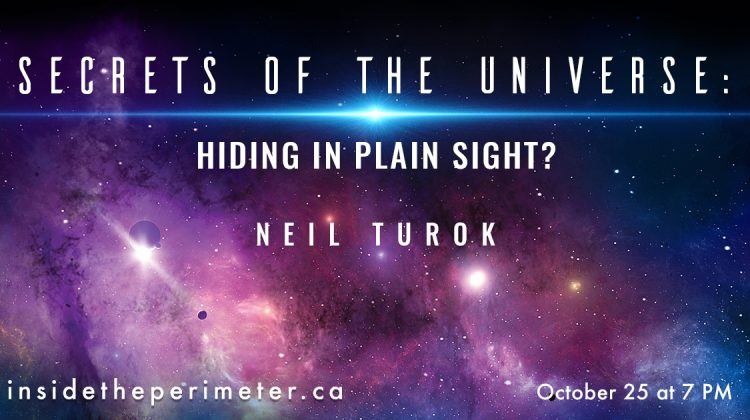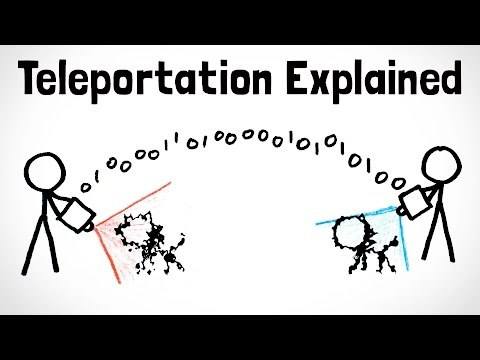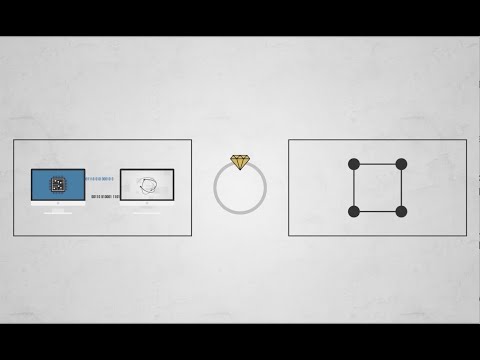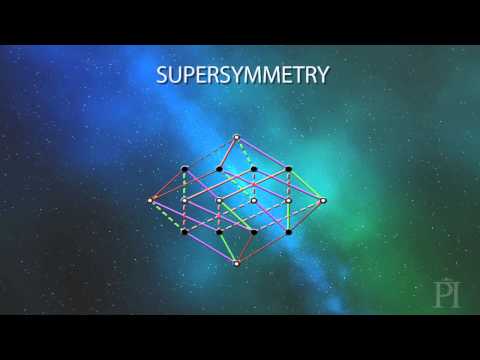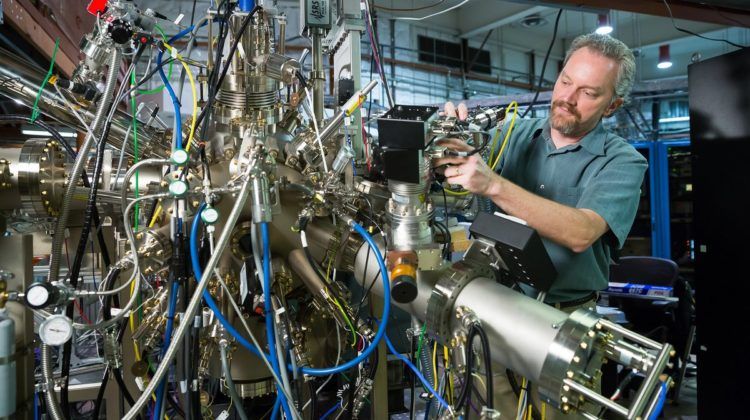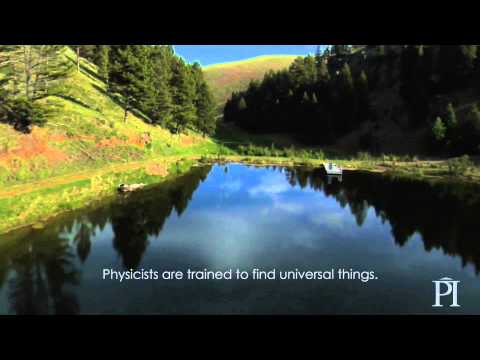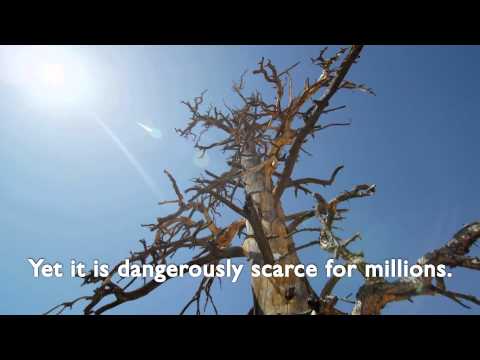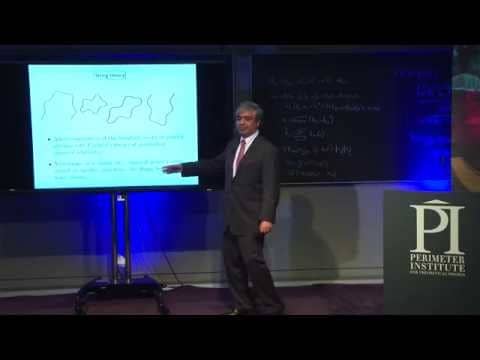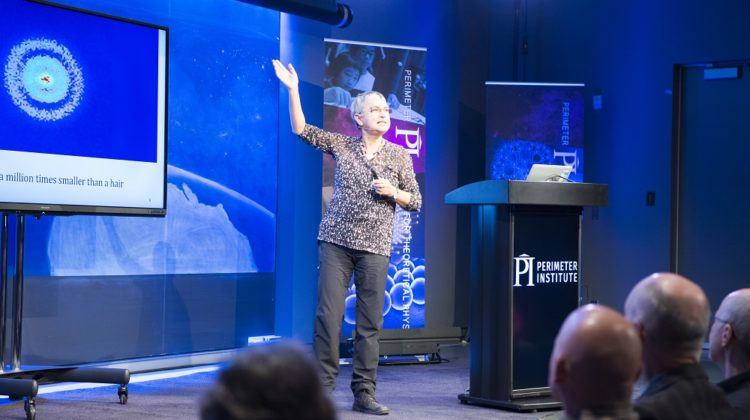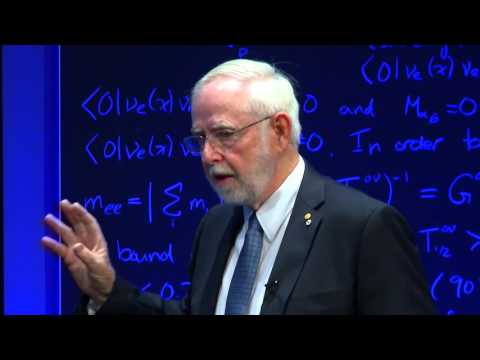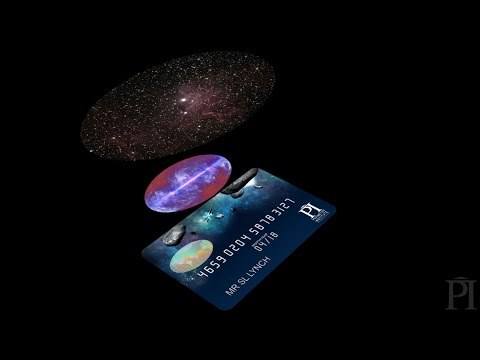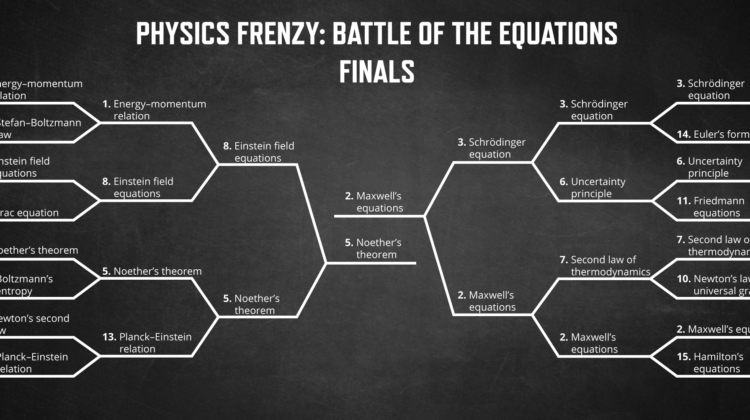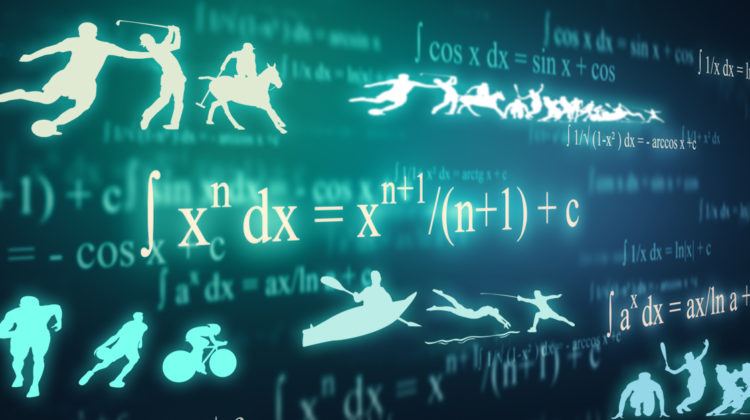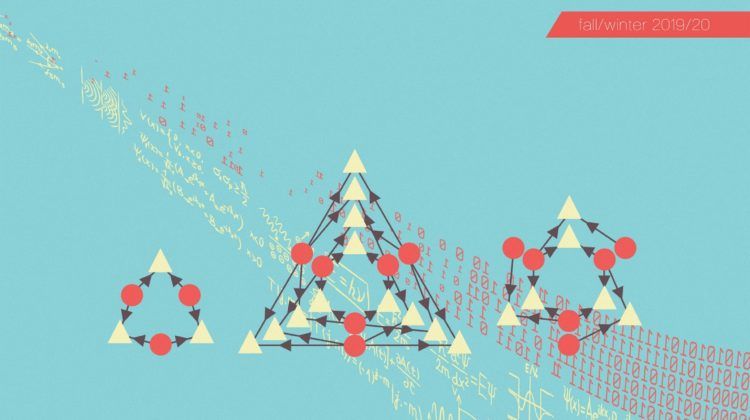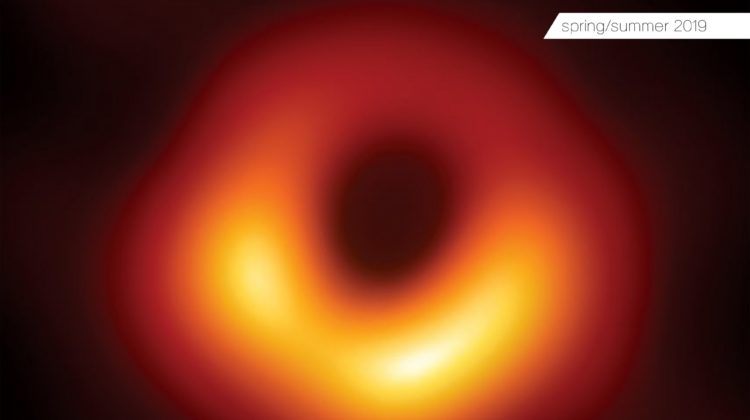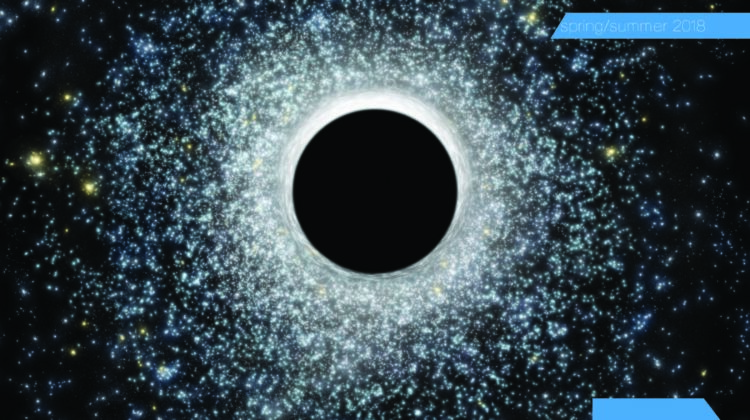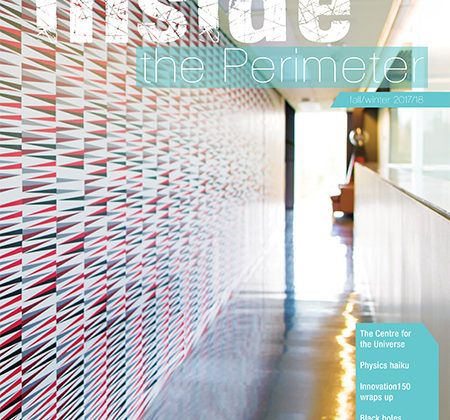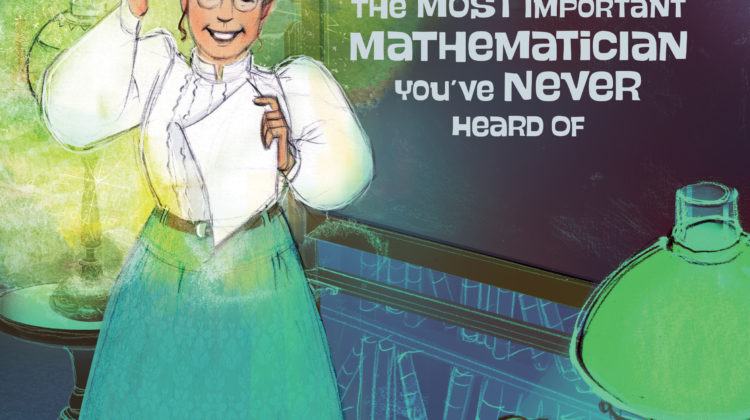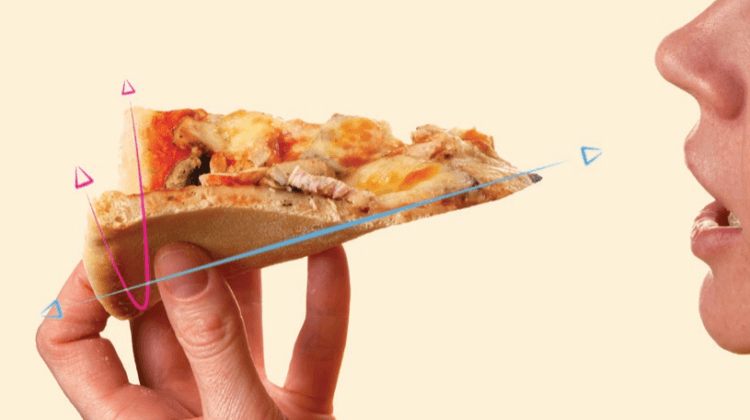PI kids are asking: What is the smallest thing in the universe?
The short answer? Quarks. We think.
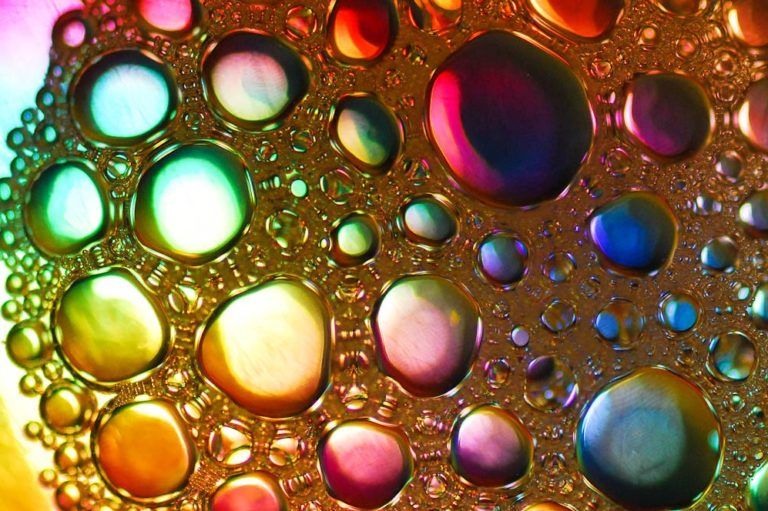
If you think about small things, you might imagine ants or fruit flies, seeds, grains of sand, or specks of dust. But even those pretty puny things are positively giant when compared with the tiniest things we know.
Because the smallest things are so very, very much smaller than things we are familiar with, it helps to get a sense of scale by thinking about sizes in powers of 10.
Let’s start with a child, who we’ll call Alice. Alice stands about one metre tall, which is 10 times taller than a small smartphone (about 10 centimetres long), or one “power of 10” bigger. The phone is about 10 times taller than a marble (roughly one centimetre high), which in turn is 10 times taller than a grain of sand (one millimetre across). If we compare the grain of sand with Alice, we see that Alice is three “powers of 10,” or 1,000 times, bigger than the grain of sand.
Scientists use a method called scientific notation to concisely write down powers of 10. This comes in handy when there are so many zeros at the end of a number that it gets difficult to write. To do this, they represent the number of powers of 10 as an exponent – that is, they add a little number to the top-right of the main number as a kind of shorthand. Three powers of 10 (which, remember, is 1,000) is written as 103, while six powers of 10 (or 1 million) is written as 106.
The keenest human eyes can only resolve things that are about 10 times smaller than the width of a strand of Alice’s hair. To go smaller than that, we must use other methods of observation, such as a scanning tunnelling microscope, which takes advantage of some quirks of quantum physics (the fascinating rules that govern the realm of the tiny). It can help us view atoms: small bits of matter that make up the elements that we know (like carbon and oxygen and gold).
The ancient Greeks originally thought atoms were indivisible, but we now know that atoms are made up of still smaller things. Protons and neutrons make up the core, or nucleus, while teeny electrons cloud about the nucleus. Protons and neutrons can be further broken down: they’re both made up of things called “quarks.”
As far as we can tell, quarks can’t be broken down into smaller components, making them the smallest things we know of. In fact, they’re so small that scientists aren’t sure they even have a size: they could be immeasurably small! We do know that they’re at least 1018 (or one quintillion) times smaller than Alice.
Quarks might be the smallest things we know of, but is there a limit on how small things can be? Our current theories break down at a scale called the Planck length, which is 100 quintillion times smaller than the size of a proton, or 1034 times smaller than Alice! To go smaller than this, we’d need entirely different physics theories. While it’s not possible to “see” anything at this limit using our eyes or microscopes or any other method, physicists are exploring this tiny edge using lots of mathematical tools.
Want to see all of this for yourself? Perimeter Institute’s interactive website quantumtocosmos.ca lets you explore all the sizes we know of in the universe. You can zoom right in to the Planck length or right out to the entire observable universe.
Oh, and you’ll find where Alice (and you) fit into all this, too. You might be surprised!
